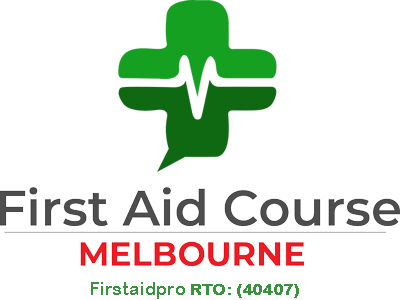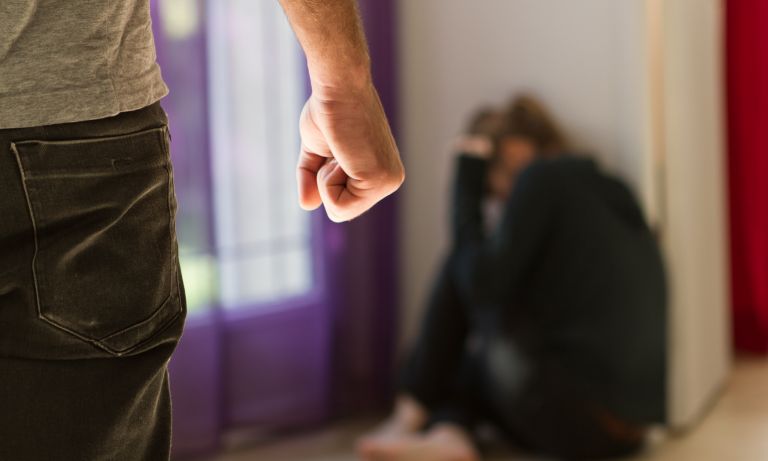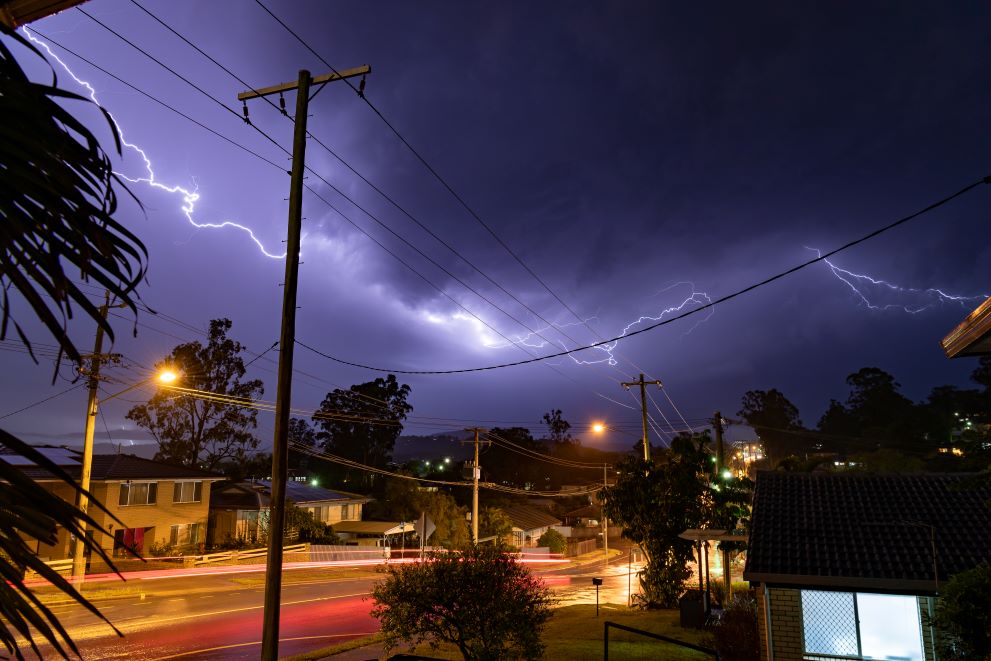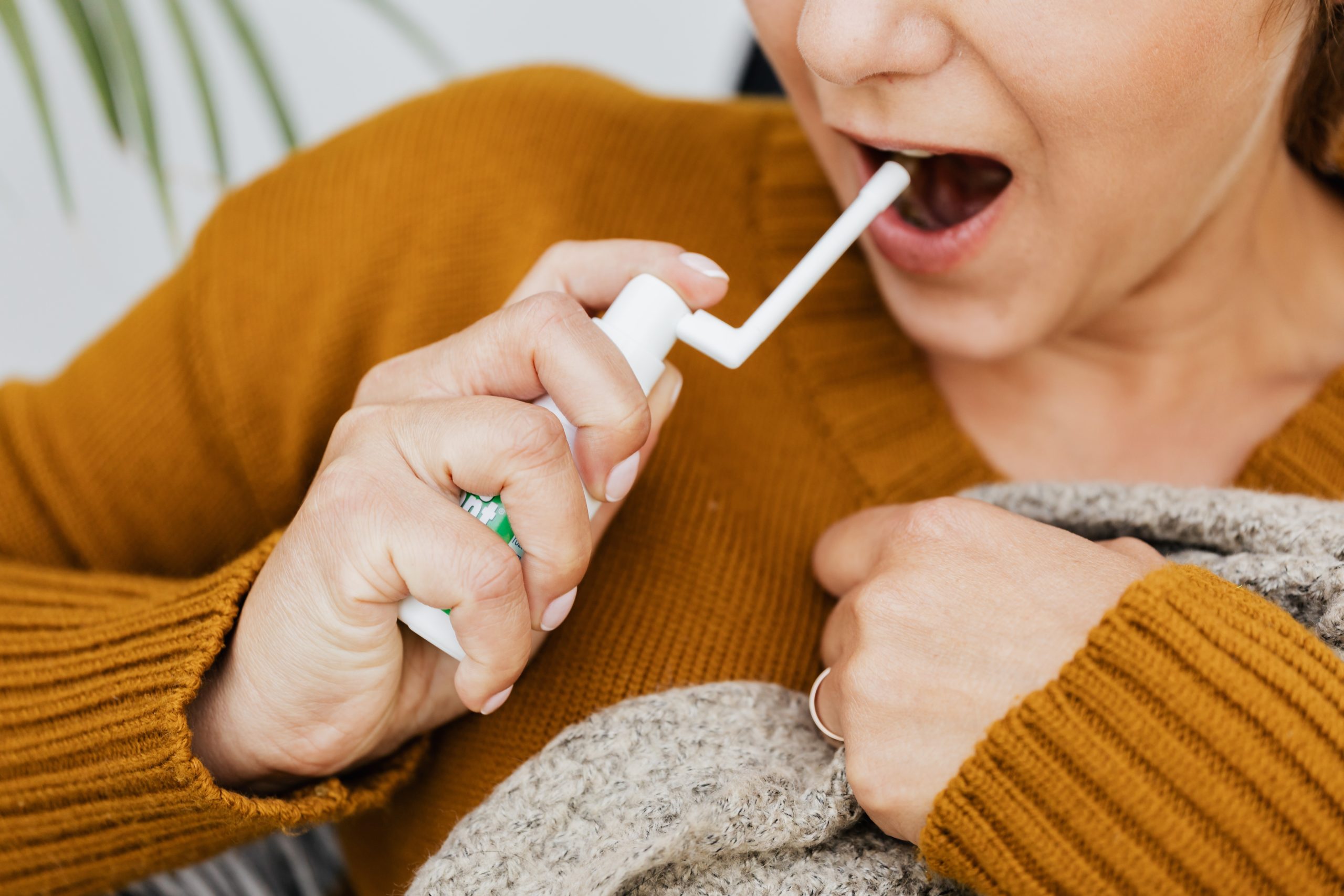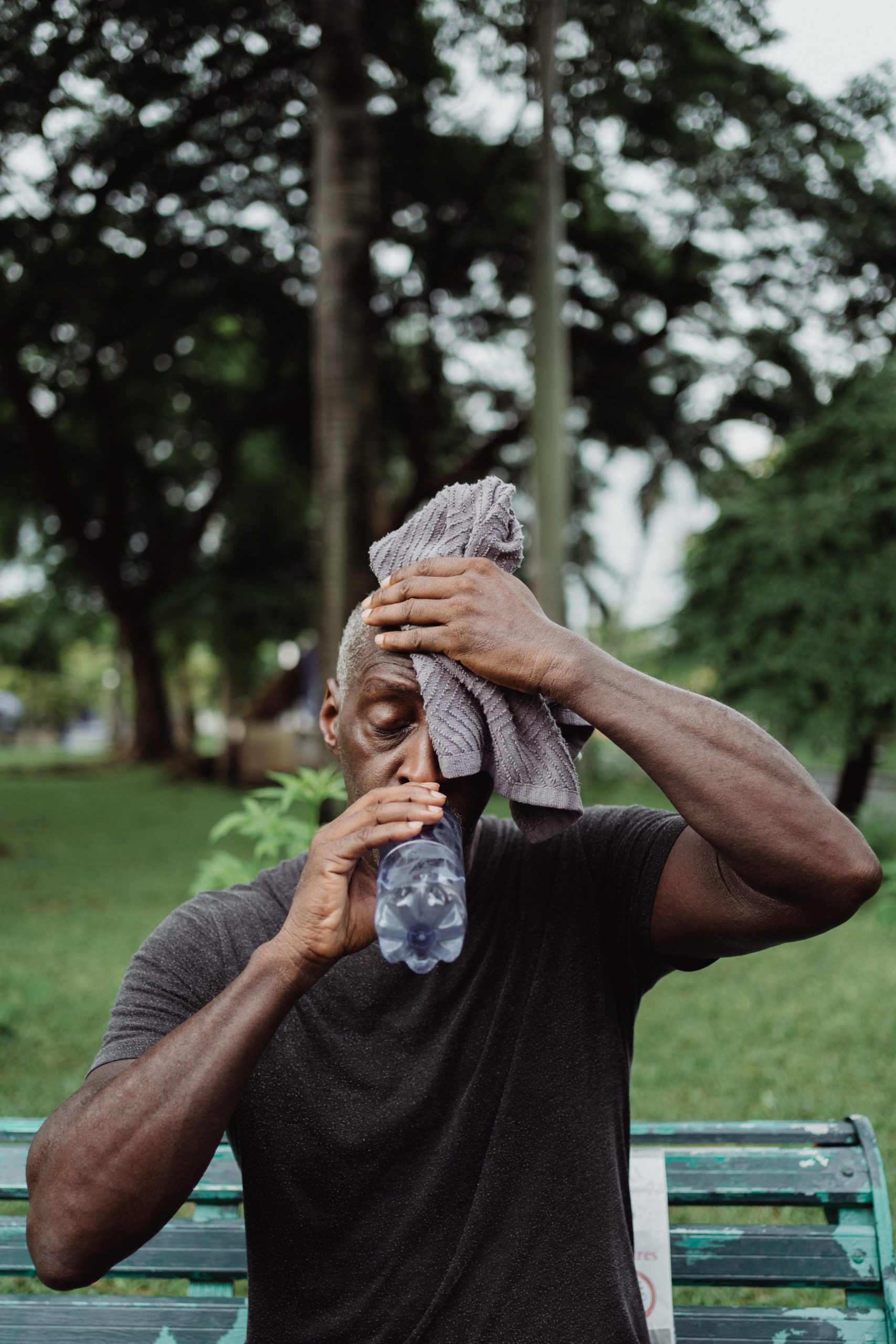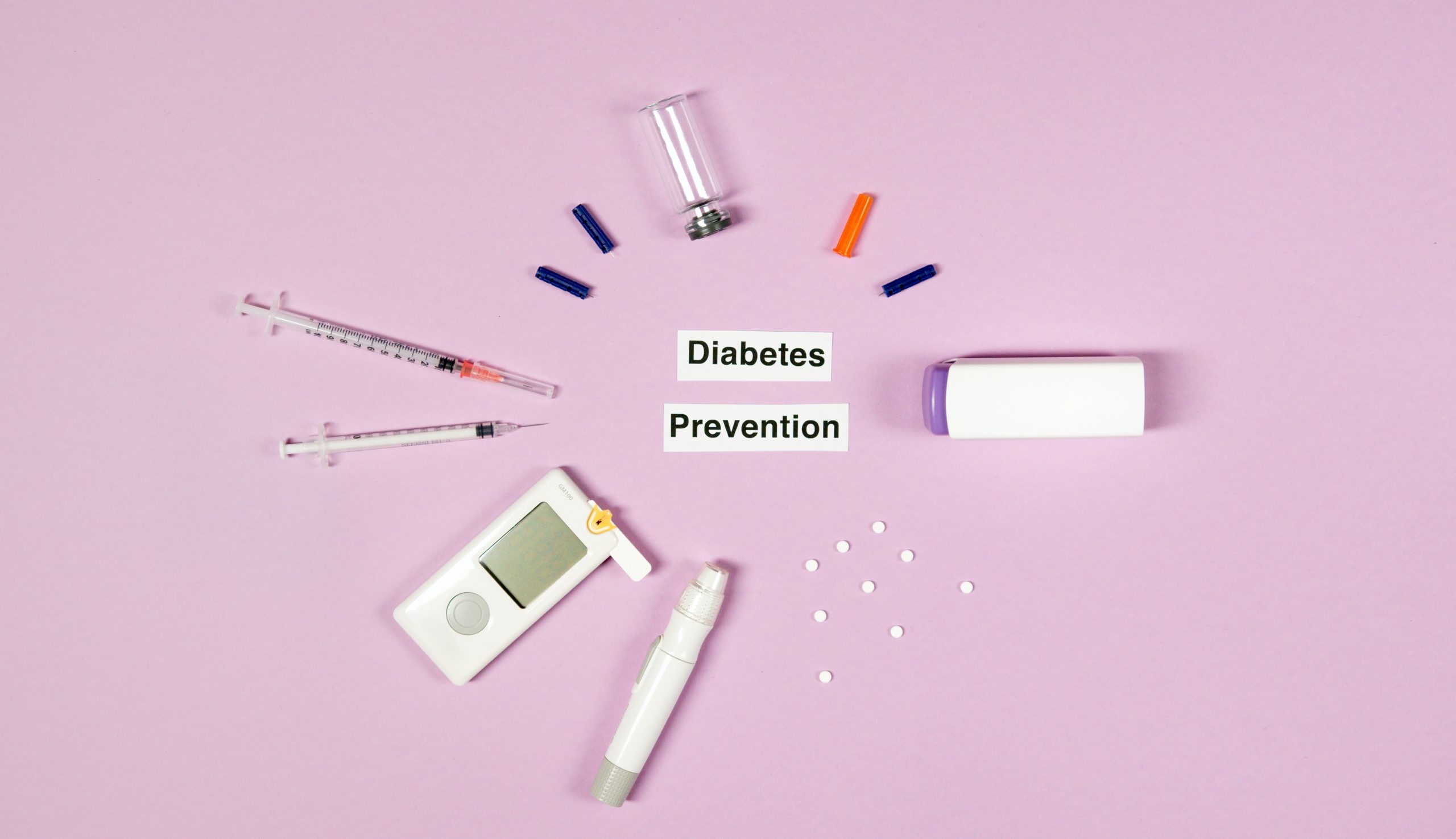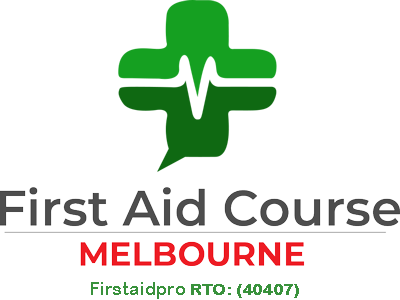Aside from its severe economic impacts, the COVID-19 pandemic has had a strong impact on domestic violence in Melbourne. According to the Age News, 14% of family violence calls to Victoria Police were specifically linked to family violence between March and April 2020, when coronavirus impact was at its peak in Australia.
The State Government launched its new awareness campaign called “Respect Each Other: Call It Out,” which aims to raise awareness and equip victims, family members, and bystanders with “skills and autonomy to intervene against domestic violence safely”.
We at First Aid Courses Melbourne want to help maintain mechanisms for domestic violence prevention, enhance preventative action, and help people learn first aid.
Domestic Violence First Aid
Before proceeding with the technical first aid terms, let us determine the warning signs, including physical, emotional, and behavioural domestic violence/abuse symptoms.
Physical Signs:
- Black eye/s
- Busted lip
- Red or Purple marks on the neck
- Sprained wrists
- Bruises on the arms or other parts of the body
Emotional Signs:
- Fearful
- Low self-esteem
- Meek or overly apologetic
- Trouble sleeping or eating
- Anxious
- Substance abuse
- Symptoms of Depression
- Loss/Lack of interest in previously enjoyed activities and hobbies
- Suicidal thoughts
Behavioural Signs:
- Withdrawn or distant
- Excessive privacy concerns
- Self-isolation (not just because of the pandemic)
- Loss of communication
- Cancelling appointments or meetings at the last minute
If you are a first responder at a domestic violence scene or you know someone, be it a family, friend, or neighbour who is experiencing abuse, you can benefit from a First Aid Training course when trying to provide help.
Preventing and Responding to Domestic Violence
Consider your personal safety when trying to intervene and provide First Aid to the victim. Always follow the DRSABCD when approaching an emergency.
What is DRSABCD?
The DRSABCD is a First Aid mnemonic often used in executing an action plan on how to respond in a medical emergency. It stands for:
D – DANGER
Ensure the area is safe for you, bystanders, and the victim.
R – RESPONSE
Check for response: see if the victim is conscious by asking their name or squeezing their shoulders.
If there is a response:
- Check for injuries
- Keep them safe and comfortable
- Monitor response
If there is NO response…
S – SEND
Dial triple zero (Australian Emergency Number) and ask for an ambulance.
A – AIRWAY
Make sure the victim’s airway is unobstructed and able to breathe with no difficulty. If foreign material is present, open the airway by tilting the victim’s head with a chin lift and clearing the airway using fingers.
B – BREATHING
Check for breathing: look, listen, and feel the victim’s breathing pattern.
If the person is not breathing, start CPR.
C – CPR
Cardiopulmonary resuscitation or CPR should be applied if the victim is not breathing or have breathing difficulties. Start CPR by doing 30 compressions followed by 2 breaths. Continue CPR until the ambulance arrives.
D – DEFIBRILLATION
Apply a defibrillator (AED) if available and follow the voice prompts to deliver an electric shock.
First Aid for Broken Bones
A broken bone requires medical attention depending on the degree of the trauma or injury. For first aid, place a padded splint on the injured area, then wrap it using bandages to secure it in place. Do not attempt to move the victim except necessary to avoid further injury.
First Aid for Head, Neck, or Spinal Injury
The brain, neck, and spine are delicate areas of the body. A hard blow can cause brain and spinal injury without visible signs of trauma. When suspecting a head, neck, or spinal injury, use the DRSABCD action plan. Place the victim in a recovery position in a recovery position, support their head and neck until the ambulance arrives.
In a nutshell, DRSABCD and other first aid techniques are crucial when providing First Aid, especially Domestic Violence First Aid. Take a look at our First Aid Course in Melbourne to learn different emergency responses for a wide range of injuries and illnesses.
Call Safe Steps on 1800 015 188 or the national domestic violence helpline 1800 RESPECT for assistance on domestic violence cases. In case of emergency, call 000.
